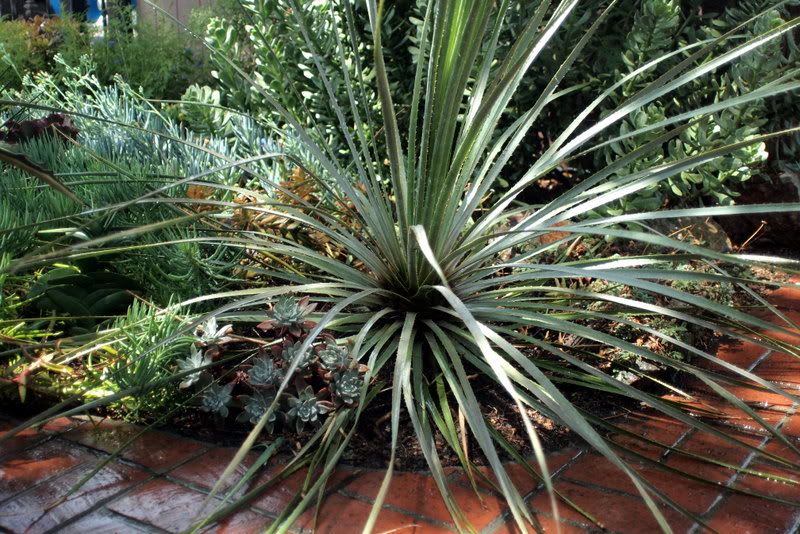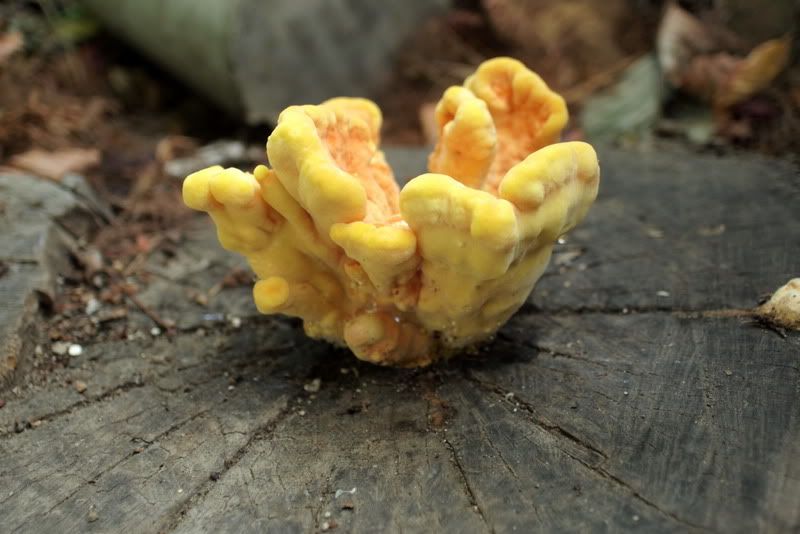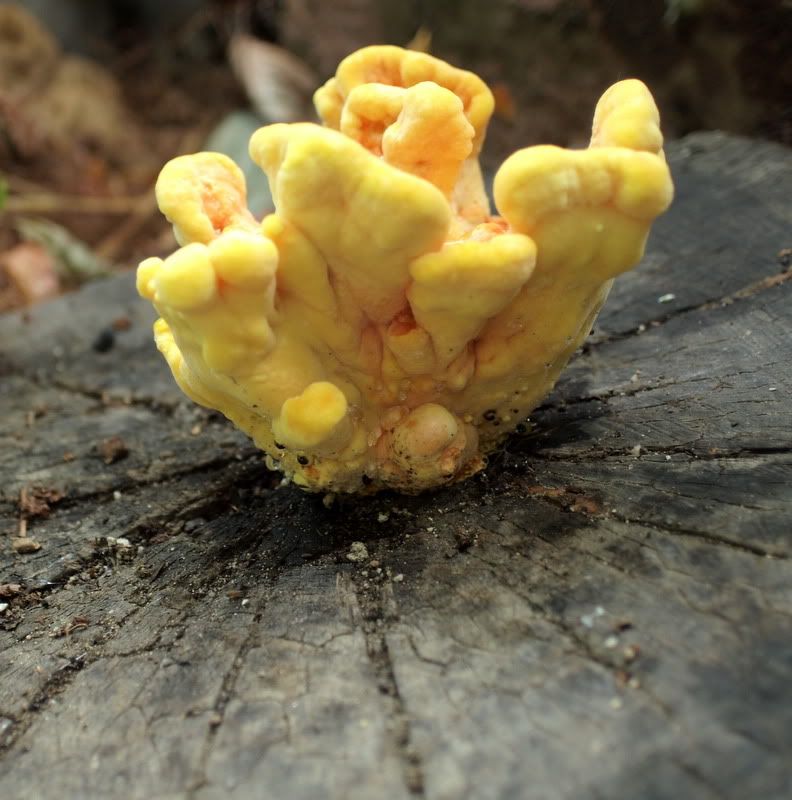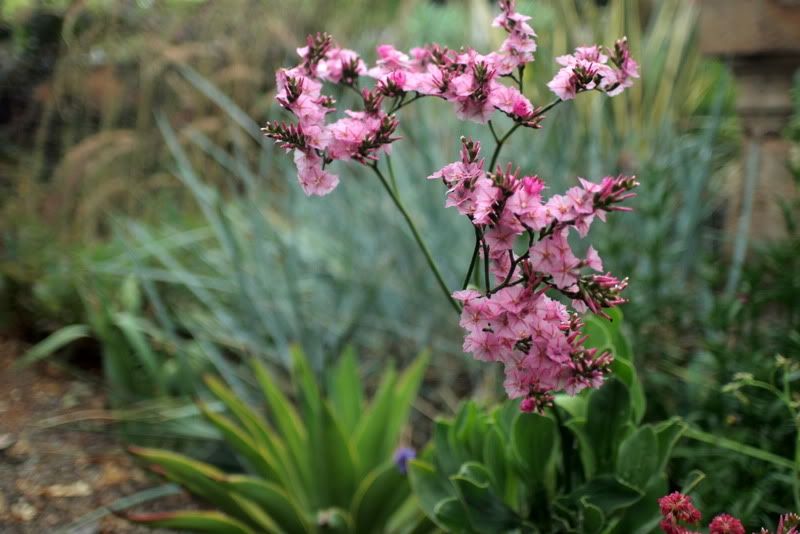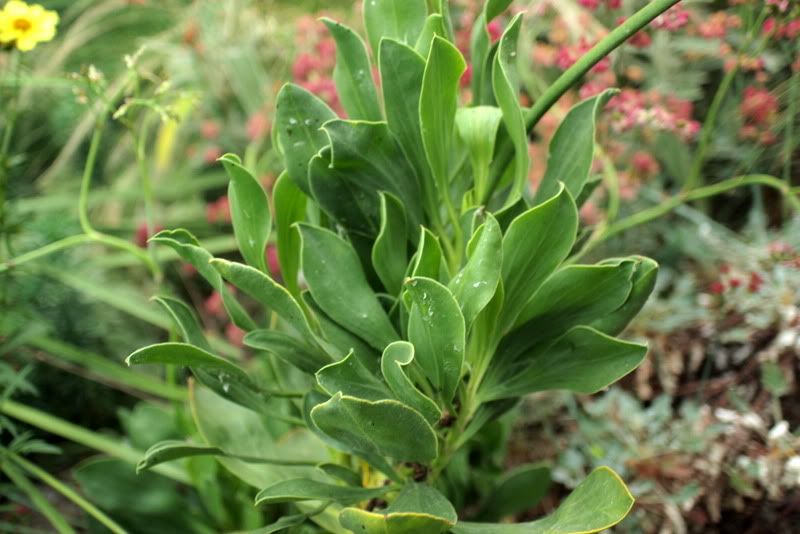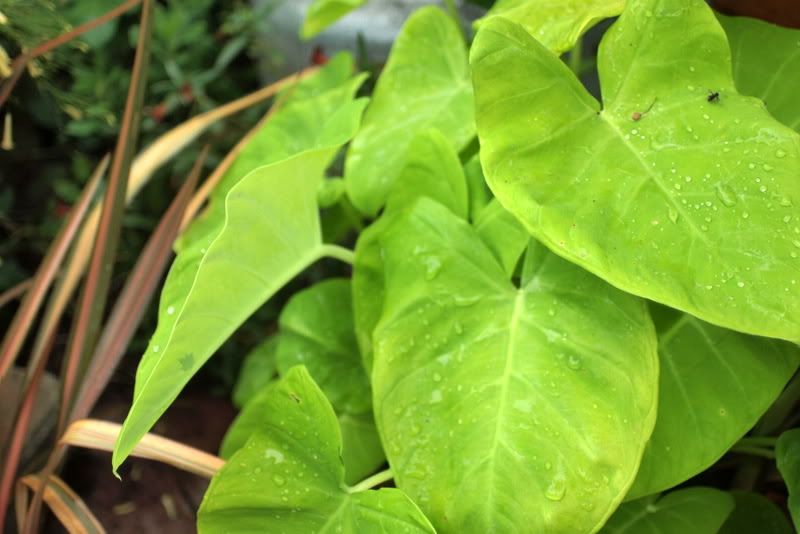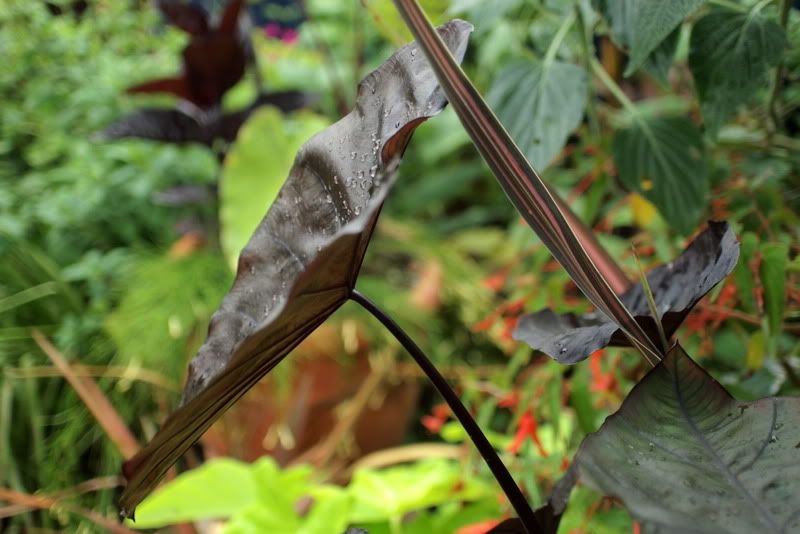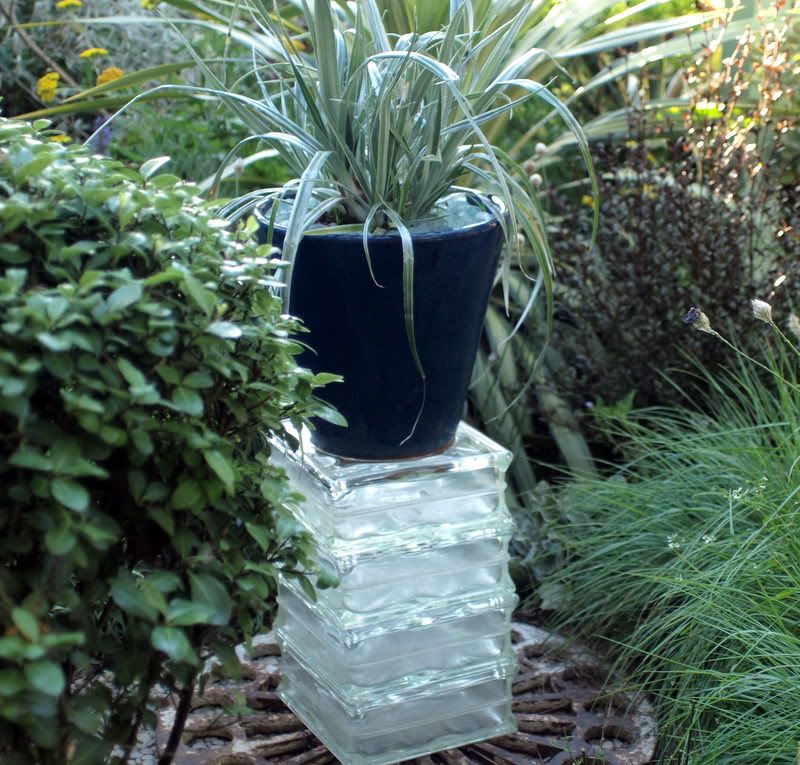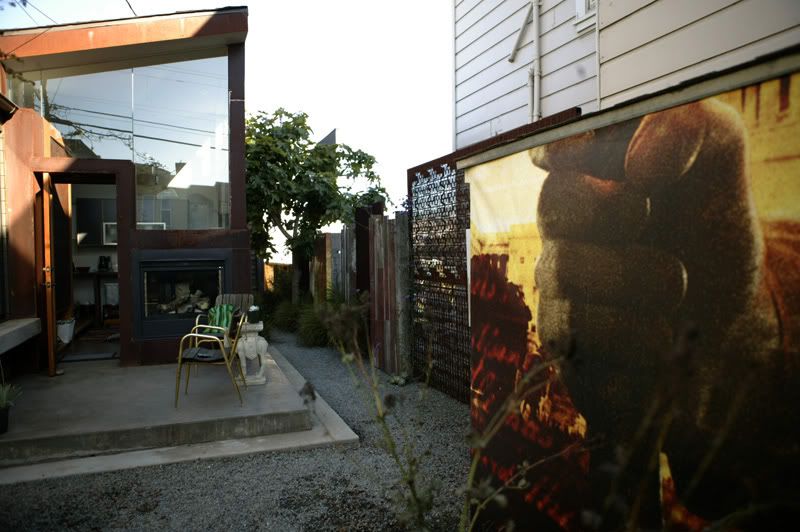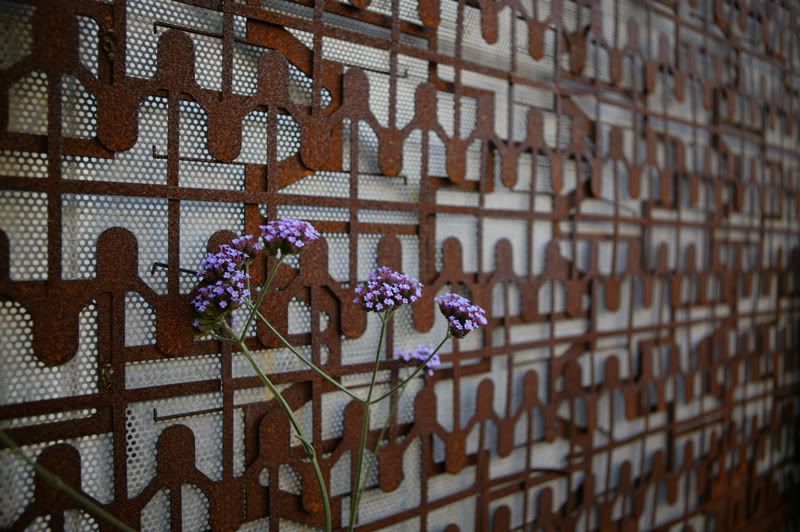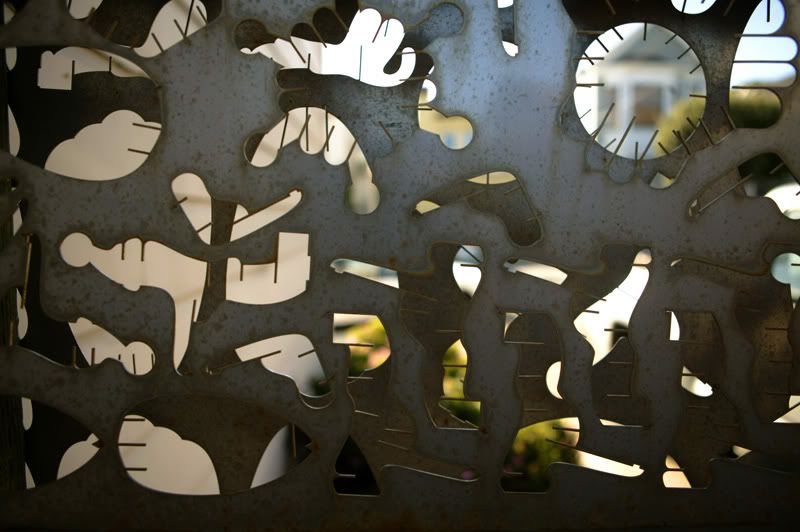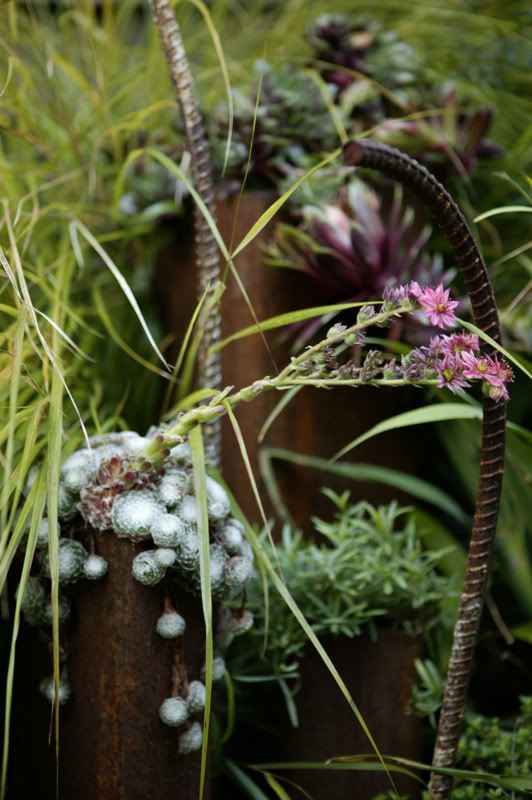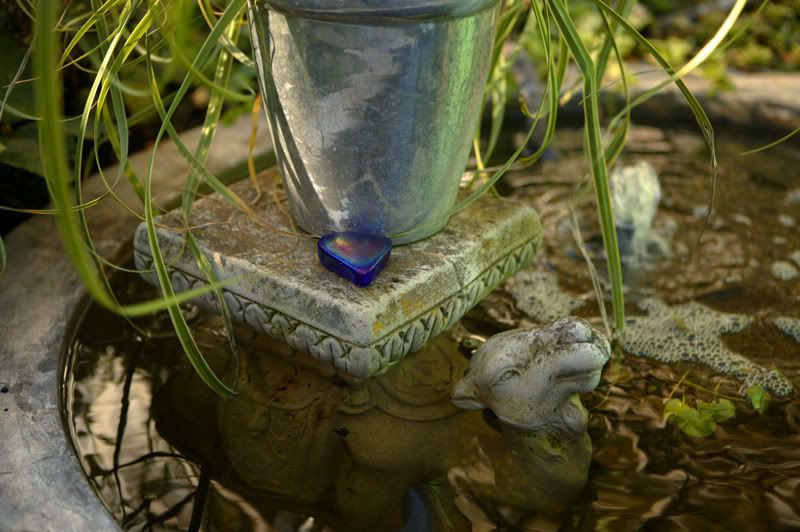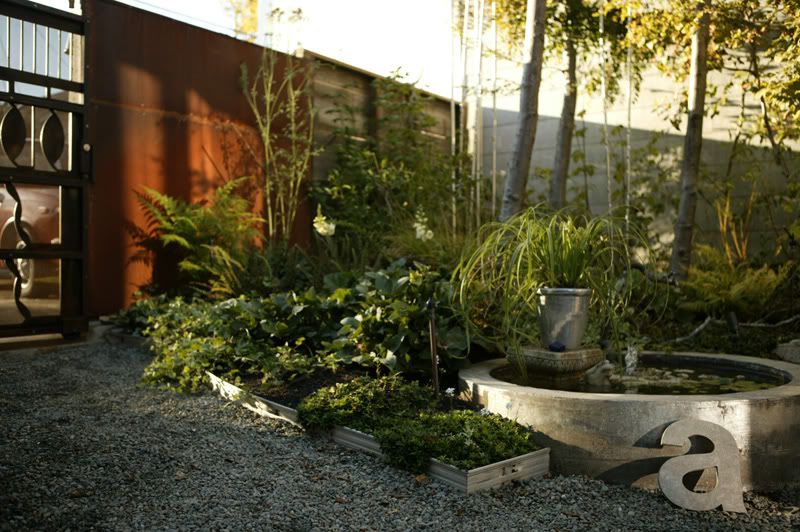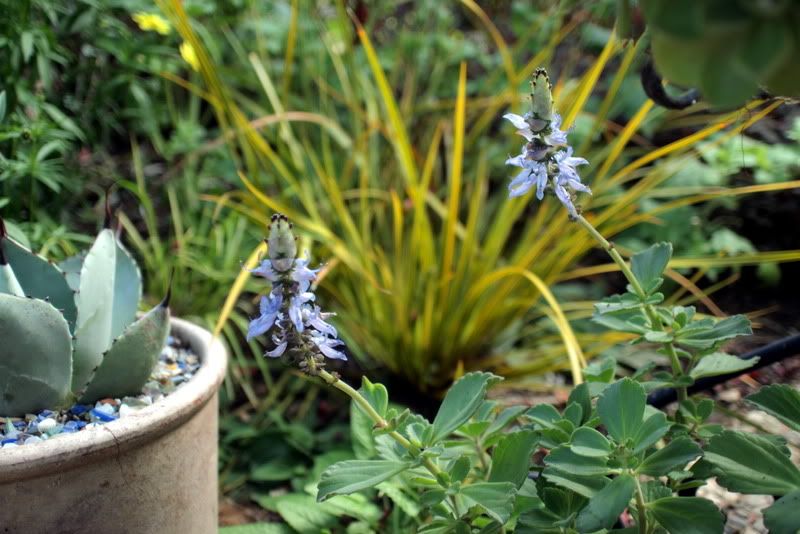The April 2010 issue of The Atlantic, which I grabbed for haircut reading yesterday, published letters to the editor (“Grading the Gardens”) in response to their January/February article by Caitlin Flanagan entitled ‘Cultivating Failure.” Readers of Gardenrant might remember the dust-up this piece incited on January 22, 2010.
Briefly, Flanagan argued a causal link between what she deems useless school activities, like including a couple hours of gardening a week into the curriculum, foisted on schools, she feels, by misguided liberals, and a decline in student academic performance, that including gardening in the curriculum “thrust[s] thousands of schoolchildren into the grip of a giant experiment, one that is predicated on a set of assumptions that are largely unproved, even unexamined.”
For those who found the Garden Rant discussion of interest, the letters to the editor further extend that discussion. Letters to editors have become one of my favorite forms of reading, both online and in print. Eric Schlosser (Fast Food Nation) and Delaine Eastin, Former California Superintendent of Public Instruction, Davis, California, both contributed letters in disagreement with Ms. Flanagan’s position. Mr. Schlosser starts his letter with “It’s good to see that The Atlantic, once the literary home of Mark Twain, is publishing satire again.”
Ms. Flanagan’s printed response to the letters hews to her assertion that it was the “complete lack of research, combined with the widespread adoption of the garden curriculum, that prompted me to write the essay,” and then urges all readers with children enrolled in such a program to visit the The California School Garden Network website and check out the curriculum for themselves.
Here’s an outline of the curriculum found on the above website.
* Getting to Know Your Garden: Garden Basics — Bed & box Preparation, Tools & Equipment
* Digging In: Soil, Weather, and Seasons
* Seeds and Planting: Propagation, Germination, Transplanting
* The Growing Plant: Botany, Reproduction, Pollination, and Life Cycles
* Garden Habitat: Critters, Beneficial Insects and Pest Control
* Garden Stewardship: Watering, Weeding, Erosion, and Crop Maintenance
* Harvest: Seed Saving, Food Storage and Processing
* Composting: Recycling, Organic Gardening, and Soil Amendment
* From Farm to Table: Food Systems at Work
* Gifts From the Earth: Plant Based Crafts
* Cooking and Eating for Healthy Living: Eat Well for Nutrition
* Food Around the World: Origins, History, and Cultural Uses of Foods
Judging by Ms. Flanagan’s outrage, you’d think the curriculum also mandates that students go barefoot, forever exchange pencils for spades, and take a vow of poverty.
The third letter, by Mary White, Los Angeles, California, pretty much was the letter I would’ve written, that the subject of gardens and gardening is as vast and all-encompassing as life itself. Ms. White writes: “Many subjects can be illustrated through a garden – biology and chemistry through study of soil and plants, as well as business through inventory, transportation, and sales of the produce.” I would have added art, history, linguistics, research and library science skills, earth sciences, resource management. Ms. White goes on to describe her work with students in a special-ed school. Ms. Flanagan’s response to Ms. White’s letter? “Mary White speaks to the essentially vocational nature of garden classes. This may be appropriate in the special-education context, but not in the instruction of kids whose goals is a rigorous academic curriculum that will bring them to college.”
It does leave you wondering if Ms. Flanagan is a satirist masquerading as a serious journalist.
(My Dolichos lablab, other than being in the plant kingdom, has nothing whatever to contribute to this discussion. But will you look at those purple pods! I need to take one of these pods to the Benjamin Moore paint store and say, “Match this.”)


